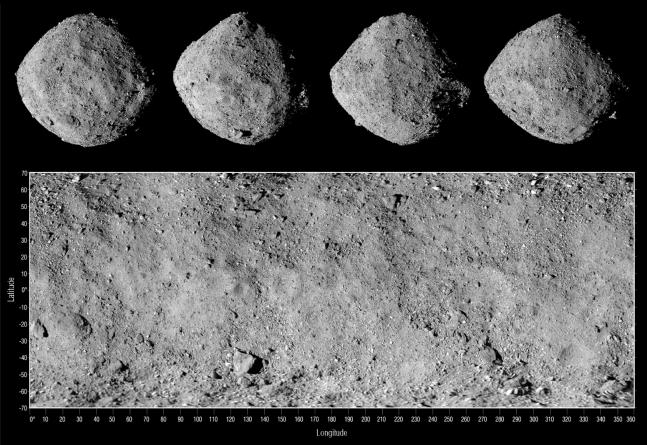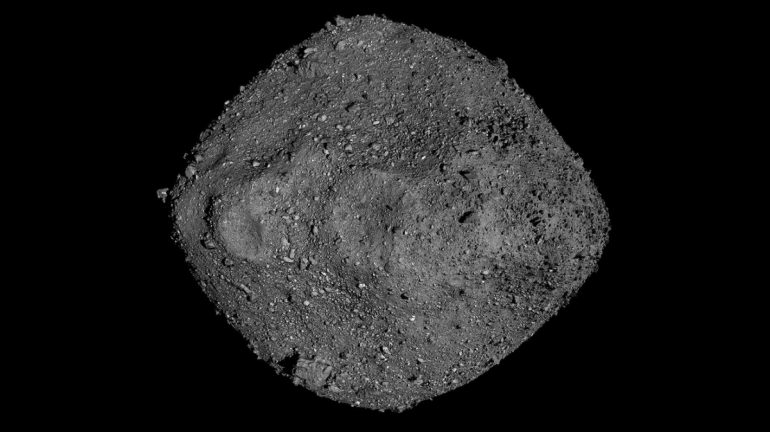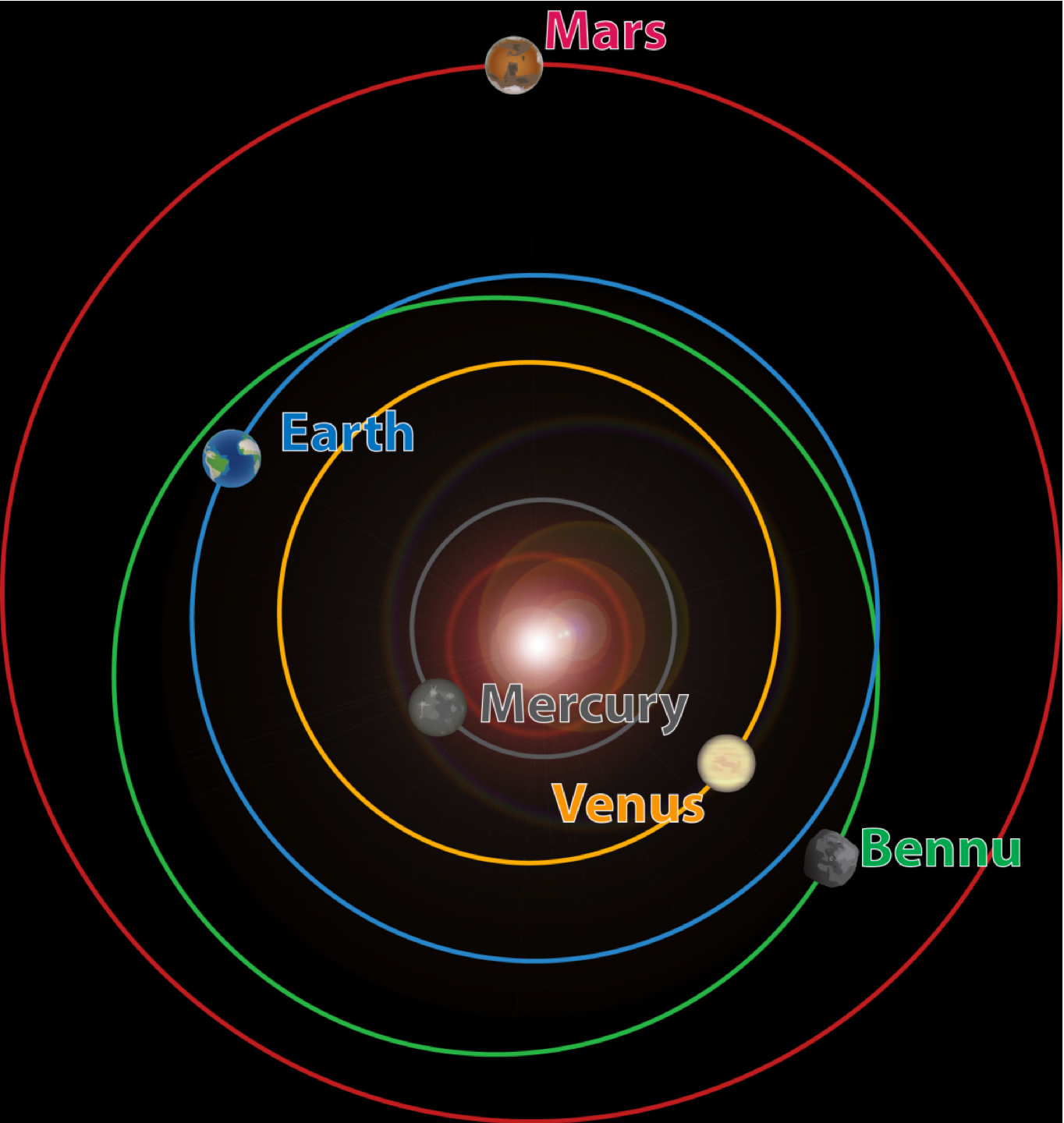

The wavelengths are unique due to the lack of modern asteroid taxonomies extending to the ultraviolet. The formation of a new taxonomy is especially relevant for the mission because the spectra are in a different wavelength range from the previous systems Gaia’s operation range falls between 0.33 and 1.05 μm ( Gaia Collaboration 2016). A plan for the purpose has already been developed by, for example, Delbo et al. Therefore, if past trends are to be believed, it is extremely likely that with the data provided by Gaia, a new taxonomic system for asteroids must be developed. It will include a significant amount of data on the asteroids in our Solar System, which will help constrain their spectra considerably ( Delbo et al. Consequently, the near future is exciting for asteroid spectroscopy: the Gaia Data Release 3 will be made available in 2022. However, because of Gaia’s sensitivity to faint and small objects, it has also detected a considerable number of asteroids ( Gaia Collaboration 2016). The mission goals emphasize astrometry in combination with photometric and spectrometric surveys, focusing mainly on the stars within our galaxy.

Launched in 2013, Gaia’s main objective is to form the most accurate three-dimensional map of the objects within the Milky Way. However, this soon began to change with missions like the European Space Agency’s Gaia.

The asteroid datasets we have had access to in the past have not been particularly large, typically consisting of less than a few thousand samples. (2009) when they refined the previous Bus taxonomy by utilizing a new dataset that extended into the infrared. However, neither of the systems considered the near-infrared (NIR) range because to the surveys did not record any data there. Another leap toward a system with greater detail was made when Bus & Binzel (2002) introduced their taxonomic system consisting of 26 classes, defined by the data of the second phase of the Small Main-Belt Asteroid Spectroscopic Survey (SMASS II). For example, one of the historically most well-known taxonomic systems was developed by Tholen (1984, 1989) based on the data collected by the Eight-Color Asteroid Survey (ECAS Zellner et al. Whenever a new spectral asteroid dataset is introduced, a new way to classify asteroids is born.
#Scientists finetune odds asteroid bennu license#
Open Access article, published by EDP Sciences, under the terms of the Creative Commons Attribution License ( ), which permits unrestricted use, distribution, and reproduction in any medium, provided the original work is properly cited. The obtained results indicate that using neural networks to execute automated classification is an appealing solution for maintaining asteroid taxonomies, especially as the size of the available datasets grows larger with missions like Gaia. The success in classification is evaluated for spectra from the nominal 0.45–2.45 μm wavelength range used in the Bus-DeMeo taxonomy, and from a limited range of 0.45–1.05 μm following the joint wavelength range of Gaia observations and the Bus-DeMeo taxonomic system.Ĭonclusions. The overall results show that the neural network can identify taxonomic classes of asteroids in a robust manner. The performance of the neural network is also evaluated using three real preliminary Gaia asteroid spectra.
#Scientists finetune odds asteroid bennu how to#
The samples were fed into a custom-designed neural network that learns how to predict the samples’ spectral classes and produces the success rate of the predictions. We constructed an asteroid dataset that can be limited to simulating Gaia samples. We particularly focus on what the methodology could offer the ESA Gaia mission. We explore the performance of neural networks in automatically classifying asteroids into their taxonomic spectral classes. Muinonen 1 ,2Į-mail: Geospatial Research Institute FGI, National Land Survey,Īims. Astronomical objects: linking to databasesĪ.Including author names using non-Roman alphabets.Suggested resources for more tips on language editing in the sciences

Punctuation and style concerns regarding equations, figures, tables, and footnotes


 0 kommentar(er)
0 kommentar(er)
